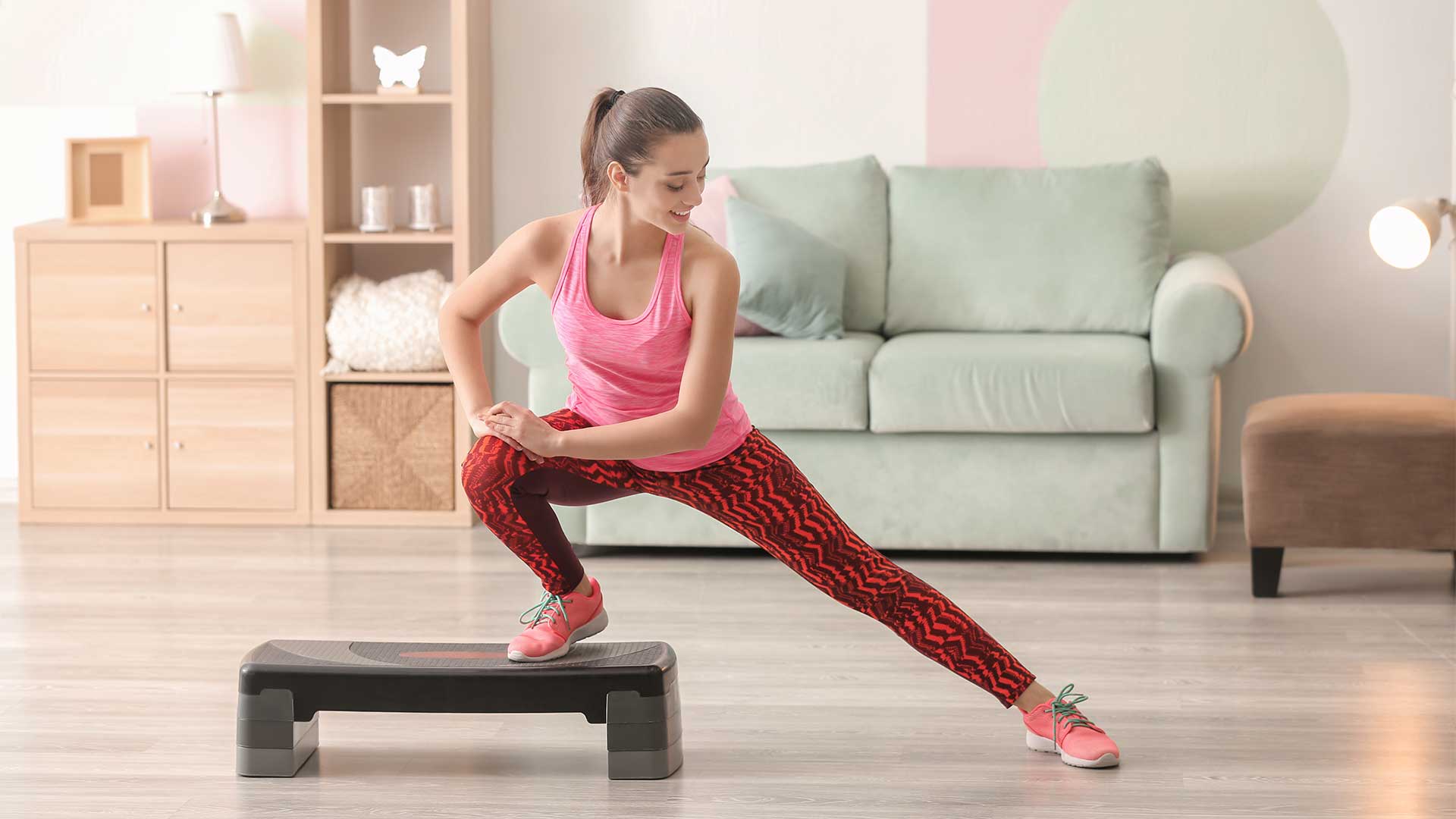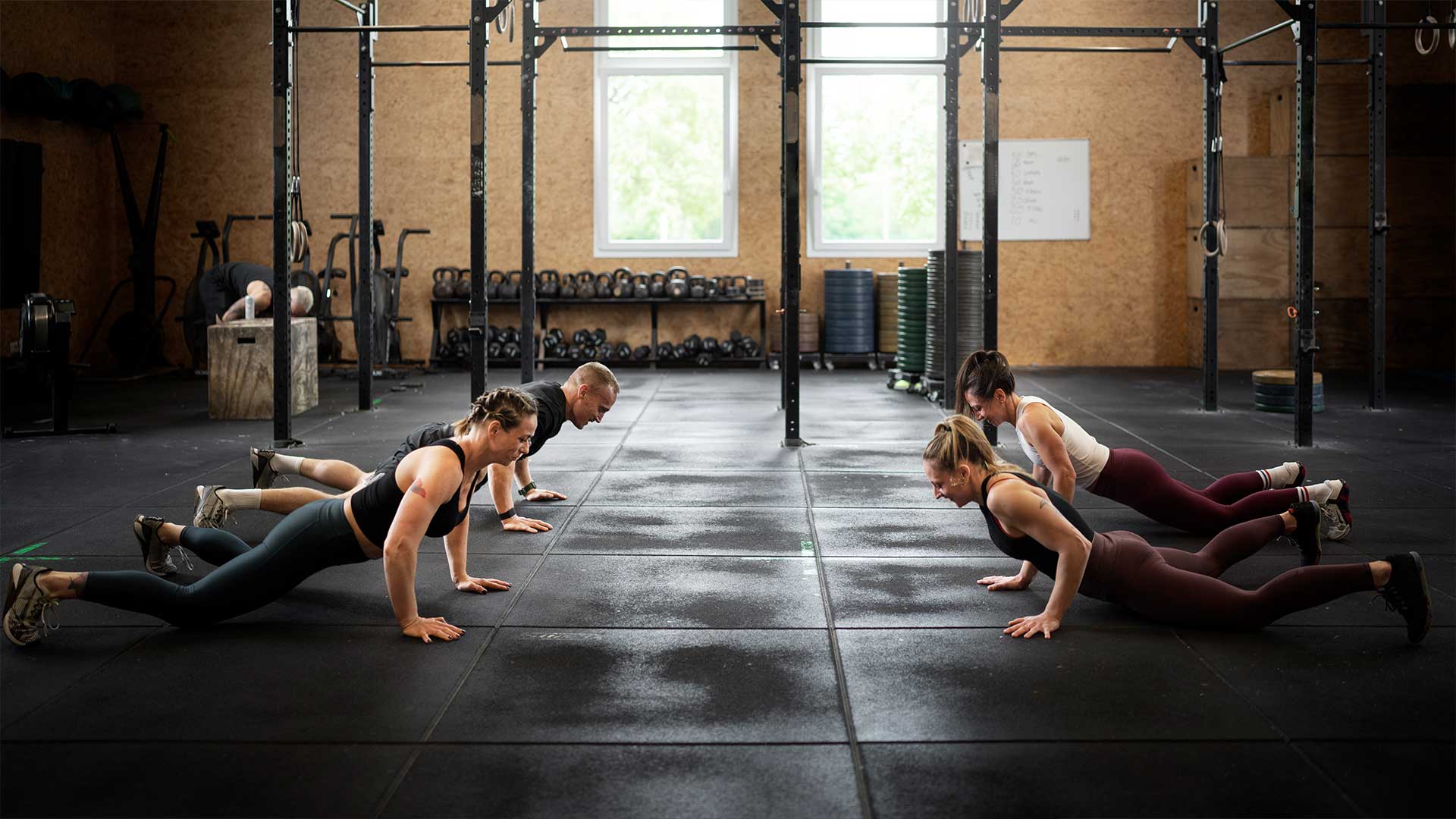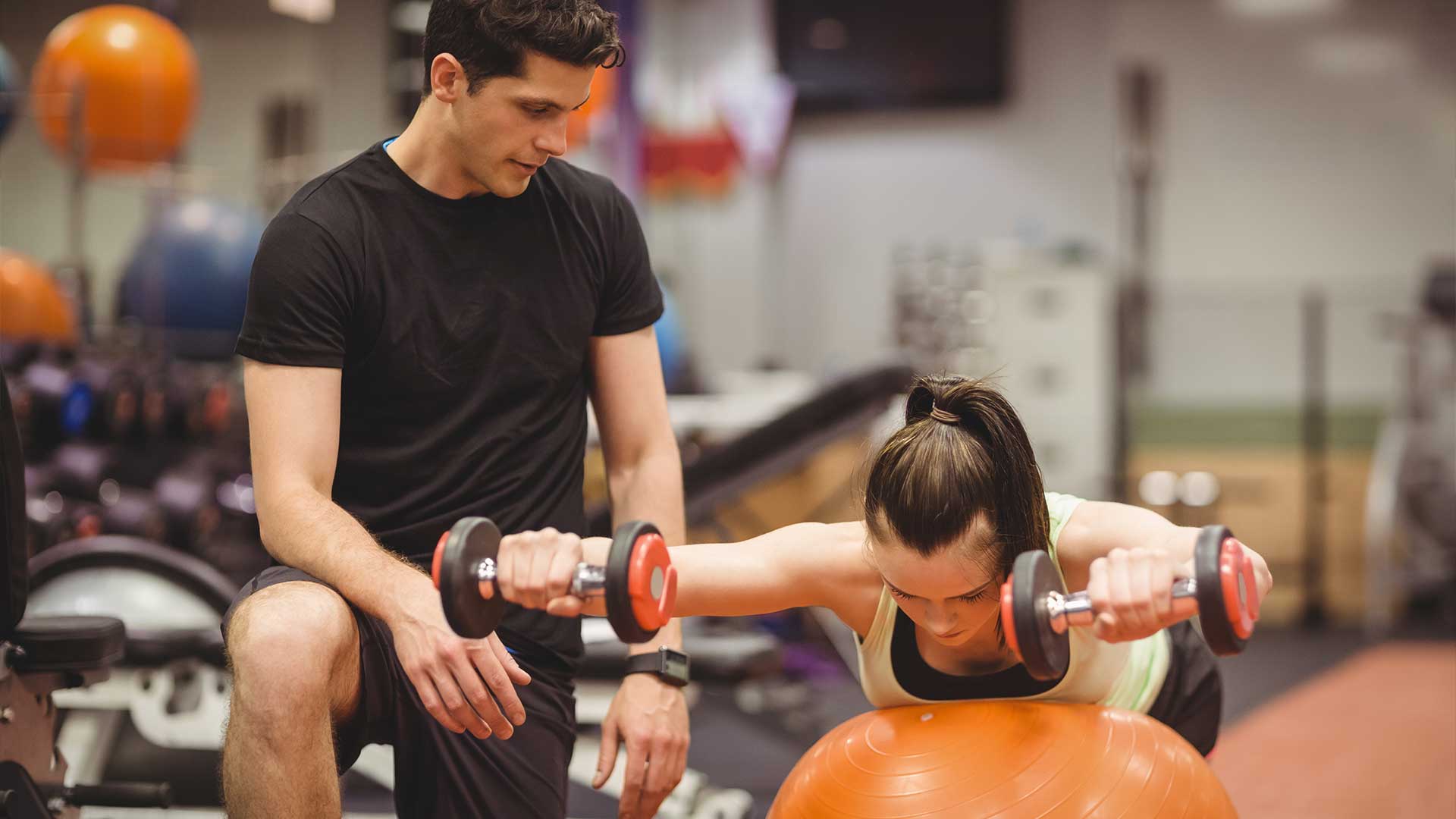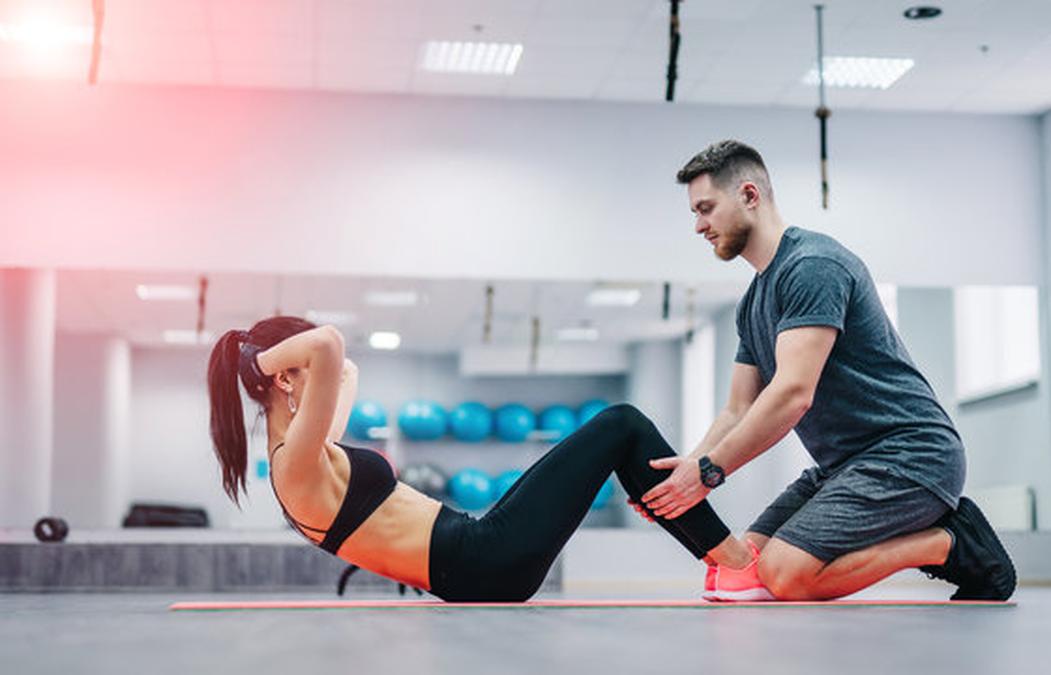Are you looking to improve your overall health and fitness? Developing a balanced fitness routine that targets different areas of your body is key. A well-balanced fitness routine helps improve your strength, flexibility, endurance, and overall health. Here is a comprehensive guide on how you can develop a balanced fitness routine that works for you.
Determine Your Fitness Goals
Before starting any fitness routine, it’s essential to determine your fitness goals. Your fitness goals will help you tailor your workouts to meet your specific needs. Common fitness goals include weight loss, muscle building, increasing flexibility, and improving endurance.
Set realistic and achievable goals to avoid frustration and disappointment. Setting small goals that are achievable and building on them over time is better.
Incorporate Different Types of Exercise
A balanced fitness routine should include three main types of exercise: strength training, cardio, and flexibility.
Strength training helps build muscle and increase strength. This type of exercise includes weightlifting, resistance training, and bodyweight exercises.
Cardio is essential to improve endurance and cardiovascular health. This type of exercise includes running, cycling, swimming, and other aerobic exercises.
Flexibility is necessary to improve range of motion and prevent injury. This type of exercise includes stretching, yoga, and Pilates.
Incorporating each type of exercise into your routine will help you achieve a well-rounded fitness routine.
Schedule Your Workouts
Consistency is key when it comes to fitness. It’s essential to schedule your workouts and stick to them. The number of days you work out will depend on your fitness goals and schedule. Generally, it’s recommended to work out for at least three to four days per week.
When scheduling your workouts, consider your schedule and other commitments. Choose a time that works best for you and stick to it. It’s also important to manage your time effectively to ensure you have enough time to complete your workouts.
Mix It Up
Variety is crucial when it comes to fitness. Doing the same exercises repeatedly can lead to boredom and a plateau in results. It’s essential to mix up your routine and add variety to your workouts.
There are many ways to add variety to your workouts. You can try new exercises, increase the intensity of your workouts, or vary the duration and frequency of your workouts. It’s also important to challenge your body by increasing the weight or resistance used in strength training exercises.
Listen to Your Body
It’s important to pay attention to your body during and after exercise. Your body will give you signals when something isn’t right or when you need to adjust your routine. Signs that you may need to adjust your routine or take a break include fatigue, muscle soreness, and joint pain.
On the other hand, signs that you’re on the right track include feeling energized, stronger, and more flexible. It’s important to listen to your body and make adjustments as needed. Recovery is also important to allow your body to repair and rebuild after exercise.
Incorporate Rest Day
Rest is a vital part of any fitness routine. Your body needs time to recover and repair after exercise. It’s essential to incorporate rest days into your schedule. Rest days can include low-impact activities such as walking, swimming, or yoga.
Active recovery is also important. This includes activities that help improve circulation and reduce muscle soreness, such as foam rolling or stretching.
Seek Professional Guidance
Working with a personal trainer or fitness professional can be a great way to develop a balanced fitness routine. A qualified professional can assess your fitness level, help you set realistic goals, and develop a personalized approach to fitness.
When seeking a professional, it’s important to find someone who is qualified and experienced. Look for certifications and experience working with clients who have similar fitness goals to yours.
Conclusion
Developing a balanced fitness routine is essential for improving overall health and fitness. By incorporating a variety of exercises, scheduling your workouts, mixing up your routine, listening to your body, incorporating rest days, and seeking professional guidance, you can develop a routine that works for you. Remember to set realistic goals and be consistent in your efforts. With dedication and hard work, you can achieve your fitness goals.
Insider Tips:
- Always warm up before exercising to prevent injury.
- Don’t be afraid to try new exercises and activities to keep your routine fresh and exciting.
- Stay hydrated before, during, and after exercise to avoid dehydration.
- Don’t compare yourself to others. Focus on your own progress and celebrate your achievements.
Developing a well-balanced fitness routine is an essential part of maintaining overall health and well-being. By following the above guidelines and incorporating the insider tips, you can create a fitness routine tailored to your needs and goals. Remember to always prioritize safety and listen to your body while pushing yourself to achieve your desired results.
| Type of Exercise | Description | Benefits |
|---|---|---|
| Strength training | Exercises that use resistance to build muscle and increase strength. | Builds muscle, increases strength, improves bone density, boosts metabolism |
| Cardio | Exercises that increase heart rate and improve cardiovascular health. | Improves endurance, increases heart health, helps manage weight, reduces risk of chronic diseases |
| Flexibility | Exercises that improve range of motion and prevent injury. | Increases flexibility, reduces risk of injury, improves posture and balance, reduces muscle soreness |
Frequently Asked Questions
Q. Who needs a balanced fitness routine
A. Everyone who wants to improve their overall health and fitness.
Q. What are the benefits of a balanced fitness routine?
A. It can improve cardiovascular health, increase strength and flexibility, and reduce stress.
Q. How do I create a balanced fitness routine?
A. By including a mix of cardio, strength training, and flexibility exercises.
Q. What if I don’t have time for a full workout?
A. Incorporate shorter, high-intensity workouts or break up your routine throughout the day.
Q. How often should I switch up my routine?
A. Every 4-6 weeks to prevent plateaus and keep your body challenged.
Q. What if I don’t enjoy a certain type of exercise?
A. Experiment with different activities until you find ones that you enjoy and that challenge you.











